The canonical answer of switching/reading/manipulating different kubernetes environments (aka kubernetes contexts) is, as Mark mentioned, to use kubectl config, see below:
$ kubectl config
Modify kubeconfig files using subcommands like "kubectl config set current-context my-context"
Available Commands:
current-context Displays the current-context
delete-cluster Delete the specified cluster from the kubeconfig
delete-context Delete the specified context from the kubeconfig
get-clusters Display clusters defined in the kubeconfig
get-contexts Describe one or many contexts
rename-context Renames a context from the kubeconfig file.
set Sets an individual value in a kubeconfig file
set-cluster Sets a cluster entry in kubeconfig
set-context Sets a context entry in kubeconfig
set-credentials Sets a user entry in kubeconfig
unset Unsets an individual value in a kubeconfig file
use-context Sets the current-context in a kubeconfig file
view Display merged kubeconfig settings or a specified kubeconfig file
Usage:
kubectl config SUBCOMMAND [options]
Behind the scene, there is a ~/.kube/config YAML file that stores all the available contexts with their corresponding credentials and endpoints for each contexts.
Kubectl off the shelf doesn't make it easy to manage different kubernetes contexts as you probably already know. Rather than rolling your own script to manage all that, a better approach is to use a mature tool called kubectx, created by a Googler named "Ahmet Alp Balkan" who's on Kubernetes / Google Cloud Platform developer experiences Team that builds tooling like this. I highly recommend it.
https://github.com/ahmetb/kubectx
$ kctx --help
USAGE:
kubectx : list the contexts
kubectx <NAME> : switch to context <NAME>
kubectx - : switch to the previous context
kubectx <NEW_NAME>=<NAME> : rename context <NAME> to <NEW_NAME>
kubectx <NEW_NAME>=. : rename current-context to <NEW_NAME>
kubectx -d <NAME> [<NAME...>] : delete context <NAME> ('.' for current-context)
(this command won't delete the user/cluster entry
that is used by the context)
kubectx -h,--help : show this message

